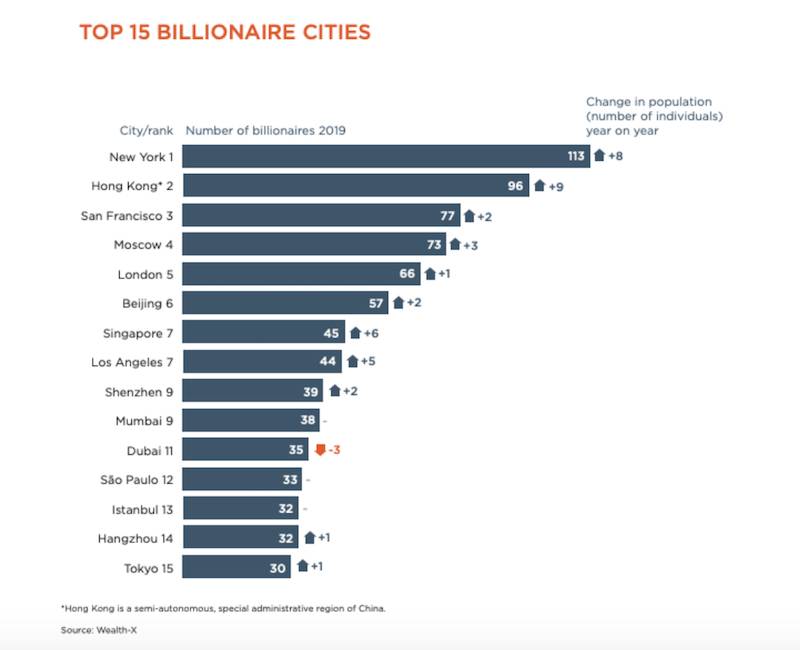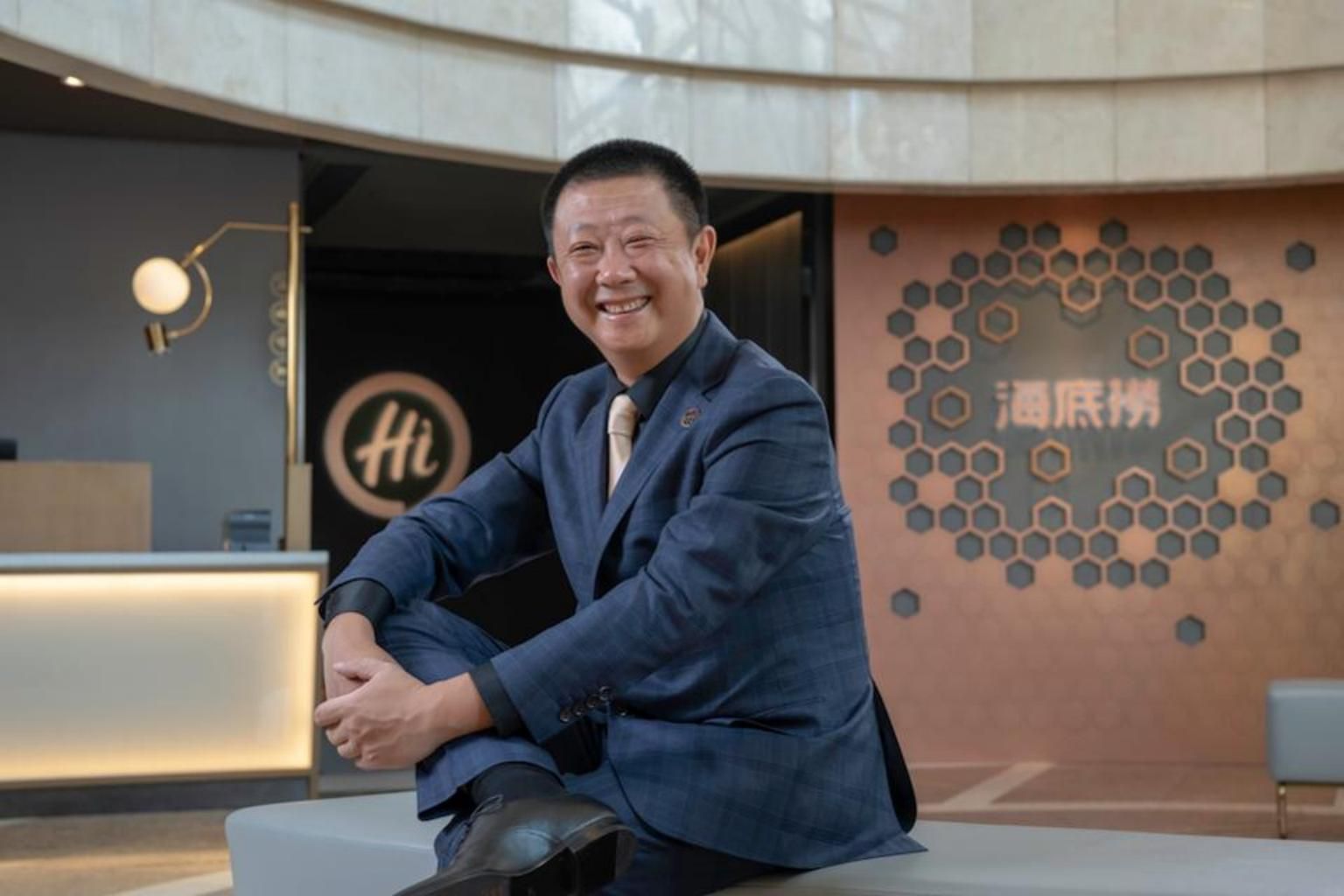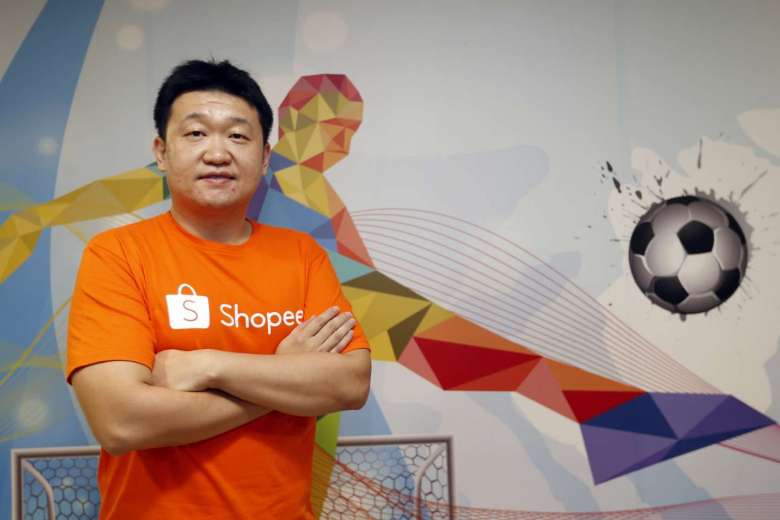Top 5 Singaporean billionaires in 2020: Here's how they gained their wealth


For better or worse, there are a heckload of billionaires in Singapore.
According to research from wealth information and business insight firm Wealth-X’s Billionaire Census 2020:

Singapore is seventh in the world for the city with the most billionaires. There are a total of 45 billionaires in Singapore, with the number growing 15 per cent from 2019.
Out of these 45 billionaires, there is an elite tier of billionaires in Singapore who hold immense wealth, significant influence and have enough money to spend on ridiculous things for several lifetimes.
Collectively, they are worth about $93.2 billion ! To put this into context the Unity Budgets , Resilience Budgets , Solidarity Budgets and Fortitude Budgets rolled out to support Singaporeans cost about S$93 billion in total.
These top five billionaires range from a medical devices tycoon, the co-founder of Facebook and a hotpot honcho. They also happen to be Singaporean citizens.
Here are their origin stories and how they really attained their wealth.
*All net worth figures are accurate as at 10 August 2020, as extracted from the Forbes Real-Time Leaderboard List which actively tracks the net worth of the richest people around the world.
| Rank | Name | Networth | Source of Wealth |
|---|---|---|---|
| 1 | Li Xiting | $22.94 billion | Medical devices Founder of Mindray Medical International |
| 2 | Zhang Yong | $22.26 billion | Food and Beverage Co-founder of Haidilao |
| 3 | Goh Cheng Liang | $20.47 billion | Paint. Bringing Japan's Nippon Paint into Singapore |
| 4 | Robert & Philip Ng | $18.00 billion | Real Estate. Their dad, Ng Teng Fong, founded Far East Organisation |
| 5 | Forrest Li | $9.48 billion | Gaming, E-commerce, Digital Payments Founder of SEA Group |

Number one, numero uno.
The person who holds the title of the richest person in Singapore is naturalised Singapore citizen and entrepreneur Li Xiting.
He has also been a Singapore citizen since at least 2018.
Li is the Chief Executive Officer (CEO) and founder of Shenzhen Mindray Medical International: a company that supplies medical devices like ventilators, imaging devices and patient monitors.
According to the company, its products and services are used by healthcare facilities in over “190 countries and regions”.
To say his rise was meteoric is an understatement. Back in January, he wasn’t even in the top 15 list of richest people in Singapore.
Now with a net worth of US$16.7 billion ($22.94 billion) , Li has taken the top spot.
His year to date performance is spectacular as according to the Bloomberg Billionaires Index, the 69-year-old had added $10.16 billion to his net worth this year, averaging about $1.5 billion every single month.
This can be mostly attributed to the Covid-19 pandemic, which saw demand for medical devices skyrocket.
This is especially true for ventilators which have become a hot commodity around the world, as nations rush to get their hands on these devices.
Moreover, unlike other medical equipment like gloves what can be mass-produced in factories, manufacturing ventilators require highly specialised knowledge and technical expertise.
There is also a shortage of critical components which makes the manufacturing of these devices even harder.
Ventilators, essentially, breathe for a patient. They move air into and out of the lungs mechanically.
These life-saving devices are critical in the fight against Covid-19 as Covid-19 patients whose lungs have been attacked by the virus require these devices to survive.
Since the start of this year, Mindray’s stock price has since gone up by about 81.5 per cent, partly driven by the demand for the ventilators.
According to the South China Morning Post, 69-year-old Li originates from Dasngshan, a province in rural Anhui renowned for its peaches and pears.
Li obtained his degree from the University of Science and Technology in China. After he graduated, he worked as a researcher in various institutes in China and was a visiting scholar at the University of Paris-Sud in the early 1980s.
He then went on to secure a job at a medical equipment company in Shenzhen for four years until 1991, when he founded Mindray with co-founders Xu Hang and Cheng Minghe.
The company co-founded went public on the New York Stock Exchange in 2006 and was subsequently taken private by Li and a consortium in 2016. However, it October 2018, the company was relisted on the Shenzhen stock exchange.
It was reported by Forbes that Mindray medical devices worth about S$$6.3 million were donated by the company to hospitals hard-hit Wuhan and northern Italy which have been ravaged by the Coronavirus pandemic.

Here’s a shocker. I have never eaten at Haidilao.
But, I think I must be among the minority in Singapore judging from the success of this Sichuan hot pot chain run by number two on this list restauranter Zhang Yong.
Zhang is the co-founder and chairman of Haidilao.
He moved to Singapore in the 2010s, becoming a naturalised citizen of the city-state.
Zhang is currently worth US$16.2 billion ($22.26 billion).
The source of his wealth comes from Haidilao , a Sichuan hotpot restaurant famous for its spicy food, superb customer services and its massages for waiting customers.
Unlike the other entrepreneurs on this list, Zhang never finished high school.
He dropped out of school and started work as a welder in a state-run tractor factory in his hometown of Jianyang in Sichuan, China.
His first job was not the best as he was only earning a modest 93 yuan (~$19) a month .
The job wasn’t the best as he got into an argument with the tractor factory over a company apartment for him and his fiancée Shu Ping.
This was the catalyst for him to quit his job and striking it out on his own as an entrepreneur.
Together with two of his friends and his then-wife Shu Ping, they started Haidilao.
His friends and his wife provided the seed money for Haidilao which amounted to about 10,000 yuan (~$1,971).
The first Haidilao outlet was a tiny 400-square feet space with only four tables.
Although he did not have any background in cooking or knew next to nothing about preparing Sichuan hotpot he jumped into the business headfirst as:
“If I had not started Haidilao, I would have had to find something else, because you have to support yourself, you have to eat,” said Zhang Yong at a conference for Chinese entrepreneurs in Zhengzhou, Henan.
The rest as you can say is history.
Years of hard work culminated into an Initial Public Offering (IPO) public offering in September 2018 for Haidilao.
The company raised US$1 billion($1.37 billion) and was valued at about roughly US$12 billion ($16.47 billion).
The company continues to grow from strength to strength, as at the end of 2019, Haidilao has 768 restaurants in Australia, China, Canada, Japan, South Korea, Singapore and America with over 54 million members and 100,000 + employees.

Look around you.
I would bet that the walls around your house use Nippon paint.
This leads us the next billionaire on this list: Goh Cheng Liang, whose wealth stems from a 39.5 per cent stake in Japan’s Nippon Paint Holdings , the fourth largest paint manufacturer in the world.
Currently, Goh Cheng Liang is valued at US$14.9 billion ($20.45 billion).
But the story behind how he attained his wealth is also pretty interesting. Certainly more interesting than watching his paint dry.
Goh’s story is one for the history books.
In an interview with Forbes, Goh revealed that he was born in 1928 to a poor family in Singapore who lived in a one-room tenement.
He was one of four children and as a boy, he toiled away at a hardware store and sold fishing nets to make ends meet. This provided him with the business skills and grit that served him well over the years.
At the age of 28 in 1955, he set up his first paint shop in Singapore and became the main local distributor of Nippon Paint.
In a bid to grow his business, Goh went to visit Chiakai Obata, known as the second founding father of Nippon Paint.
Impressed by Goh’s eagerness, Obata took him under his wing. However, the relationship was not formalised until 1962 when Singapore imposed a 20 per cent tariff on all imported paint.
Nippon Paint and Wuthelam then set up a joint venture, with Nippon Paint taking up a 40 per cent stake in Goh’s business.
This joint venture became known as the NIPSEA Management Group which is jointly owned by Goh and Nippon Paint Holdings.
Today, the NIPSEA group is Asia’s largest paintmaker and has operations in 17 geographical locations.
The duo also strengthened their relationship, when Goh boosted his stake in Nippon Paint Holdings to 39.56 per cent , making him the largest shareholder in the company.
His son, Goh Hup Jin is also the Director of the Board for Nippon Paint Holdings and runs their privately held joint venture, the NIPSEA group.
Goh has also diversified over the years founding his private investment company Wuthelam Holdings in 1974 and investing in property like the Liang Court shopping complex, hotels, electronics, logistics, manufacturing and trading.
Goh also started the Goh foundation which gives generously to charitable causes like the S$12 for leukaemia research to National University Hospital, Singapore in 2013 and the Goh Foundation Endowed Scholarship for SMU students.

The brothers Robert and Philip Ng are best known for their controlling stake in Far East Organisation (FEO), Singapore’s largest private property developer and sponsor of the Far East Hospitality Trust REIT .
Philip Ng heads the local operations along with his other siblings who serve as executive directors.
Whereas the older brother, Robert Ng, is the chairman of their Hong Kong-based sister company, Sino Group.
The brothers are worth about US$13.1 billion ($18.00 billion) combined with their wealth stemming from FEO and its associated businesses.
A conversation about their wealth cannot exclude their late father, Ng Teng Fong.
FEO was started by their late father back in 1960, reportedly with some assistance from one of Singapore’s earliest billionaires, Eliya Thamby.
He was known as the “King of Orchard Road” for developing:
Despite his fortune, he had a reputation for leading a frugal and simple lifestyle.
Although he controlled at least a quarter of Singapore’s housing market, Ng lived in the same house he has had for 30 years, and used to take his own lunch on to aeroplanes.
He also developed FEO into a mega-conglomerate that owned over 700 malls, hotels and condos in Singapore and Hong Kong worth over S$6 billion.
After their father passed away in 2010, the brothers teamed up to expand their father’s empire further making further inroads into Hong Kong and expanding to Australia.

Last but not least we have Forrest Li Xiaodong, the founder, chairman, and group Chief Executive Officer (CEO) of SEA Group.
Forrest runs Sea Group which has mobile and PC gaming platform Garena , e-commerce platform Shopee and digital financial services platform SeaMoney under its umbrella.
Forrest is the ‘poorest’ billionaire on this list with a current net worth of US$6.9 billion ($9.47 billion).
His wealth is derived from his 15.5 per cent stake in Sea Group.
His addition to this list is largely due to the surge in Sea Group’s stock price which grew 880 per cent in 18 months and the runaway success of mobile gaming sensation Free Fire.
China-born Li who is now a naturalised Singaporean citizen is one of the youngest billionaires on this list.
He first became a billionaire at the young age of 41 last year.
According to Bloomberg, Li hails from Tianjin, China. He then went on to study engineering at a university in Shanghai.
During his university days in Shanghai, he spent most nights playing games at a LAN cafe as he had difficulty adjusting to life in Shanghai as a Tianjin native.
He then went on to pursue a Master’s in Business Administration from Standford.
In one of his college classes in America, a tutor had a problem discussing his Chinese name Li Xiaodong.
He then the name Forrest, after he watched the movie, Forrest Gump.
After graduation, he moved to Singapore and went on to establish Garena in 2009, with the help of mentorship and investment from Tencent.
He then renamed the company Sea Group to mirror its ambition for the Southeast Asia (SEA) region.
Sea then diversified with a digital payments service called AirPay (renamed (SeaMoney) in 2014 and the e-commerce platform Shopee in 2015.
The services are similar to Alibaba Group Holding’s e-commerce platform and payments business Alipay.
This article was first published in Seedly.